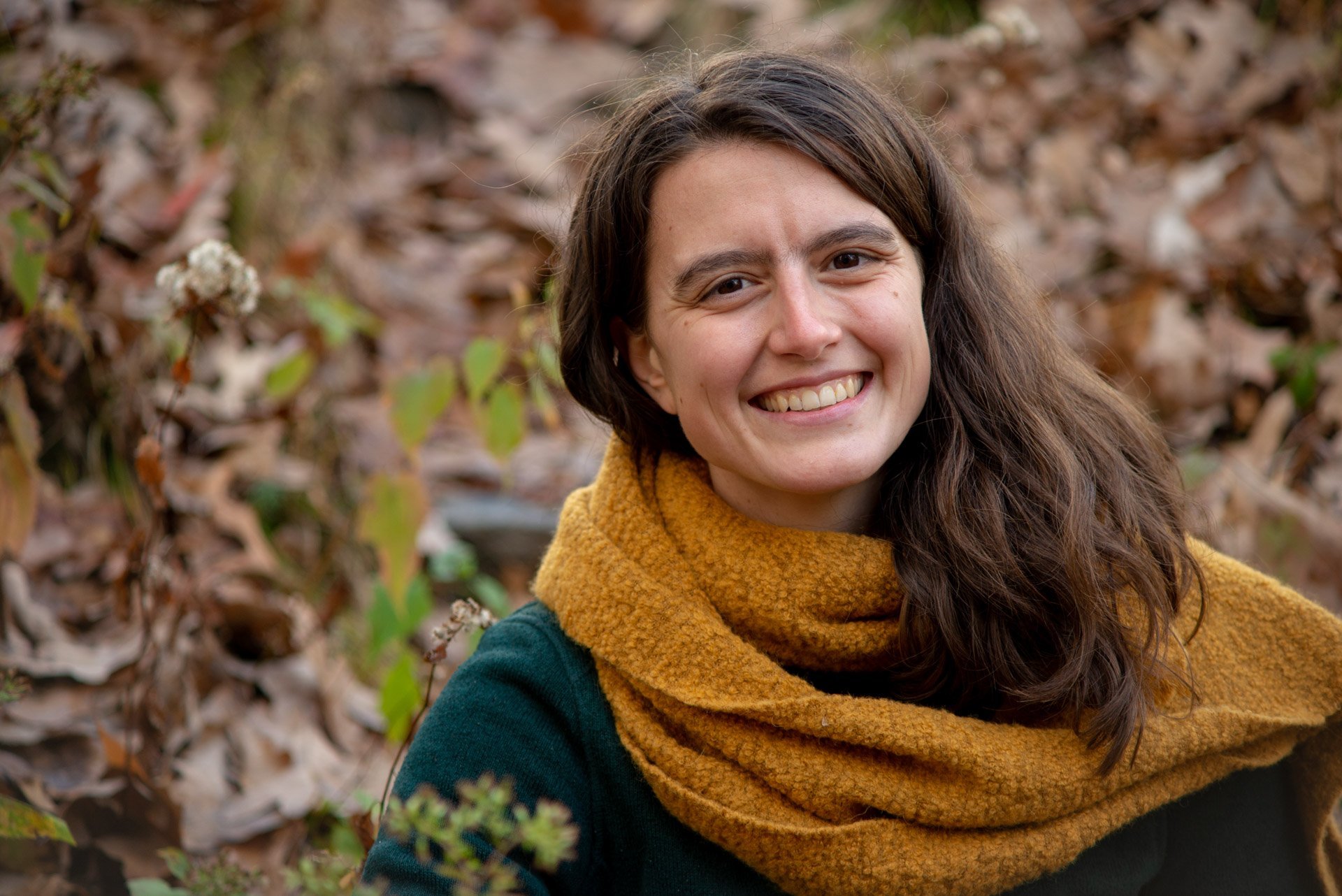Bodyworker Spotlight: Jen Wenz
Meet Jen Wenz, owner of Jen Wenz Somatics at Sanctuary.
Why did you want to become a bodyworker?
I started Jen Wenz Somatics because I wanted to offer support, accompaniment, and skill to clients as they navigate the changes happening in their lives and grow more fully into who they are. I am a long-time student of embodiment and healing, and it is a tremendous honor to be able to offer Rolfing® to others when it has been deeply transformative for me. And, nerding out about anatomy, structure, and function and then watching my clients get equally excited and curious about their own bodies is so much fun!
What have you gained from this work?
Each and every session is a teacher; constantly learning through my work as a practitioner is energizing and sustains the rest of my life. Our bodies/beings never cease to amaze me with their capacity for wise action and joyful transformation.
What do you hope your clients feel after working with you?
In the moment after a session, I hope my clients feel more in balance and at ease in themselves, with access to more possibilities for movement. Over time, my hope is that clients will be able to deepen their trust in themselves and how and why they move through the world.
How does your healing work inform your activism or understanding of the world?
For me, Rolfing® Structural Integration and generative somatics have been tremendously supportive in shifting how I show up as an organizer in my communities. In both bodywork and somatics practice, we deepen our felt sense experience of ourselves from the inside and bring this awareness into conversation with how we relate to others and our environment. When we ground in our internal sense of who we are, we come to know that our wholeness includes our social and cultural systems — that there is no personal healing without political healing, no personal freedom without collective freedom. We are all personally impacted by violent systems, by climate injustice, and by how these forces show up in our communities and families – and our bodies.
And, we have an opportunity to create change. Gaining access to less pain and reactivity in our body-minds through bodywork and somatics produces a deeper felt sense of safety, support, and possibility, in our bodies, in our minds, and in our relationships. By building this capacity to be present with ourselves and embody what we care about, we can impact the systems that have impacted us. Rather than reacting from a place of pain, we can show up more aware, embodied, on purpose, and ready to build together.
What's your favorite season of the year and why?
This one is tough! Fall has always been my favorite – the moment when the cool fall air finally comes is such a relief, and I love celebrating the harvest and turning inward to glean its gifts. In recent years, however, I’ve come to particularly relish the moment in late winter when it’s still cold and there’s lots of snow for cross-country skiing, but the days are starting to get longer and I can just begin to feel the twinkling of new ideas planting themselves and the sap starting to run.
What has made you smile recently that you feel the need to share?
I recently officiated a friends’ wedding near Canyonlands National Park in Utah, and instead of throwing flowers or rice at the end of the ceremony – because of Leave No Trace – we blew bubbles! The bubbles floating up the sunny canyon were so stunningly beautiful. It was glorious.

